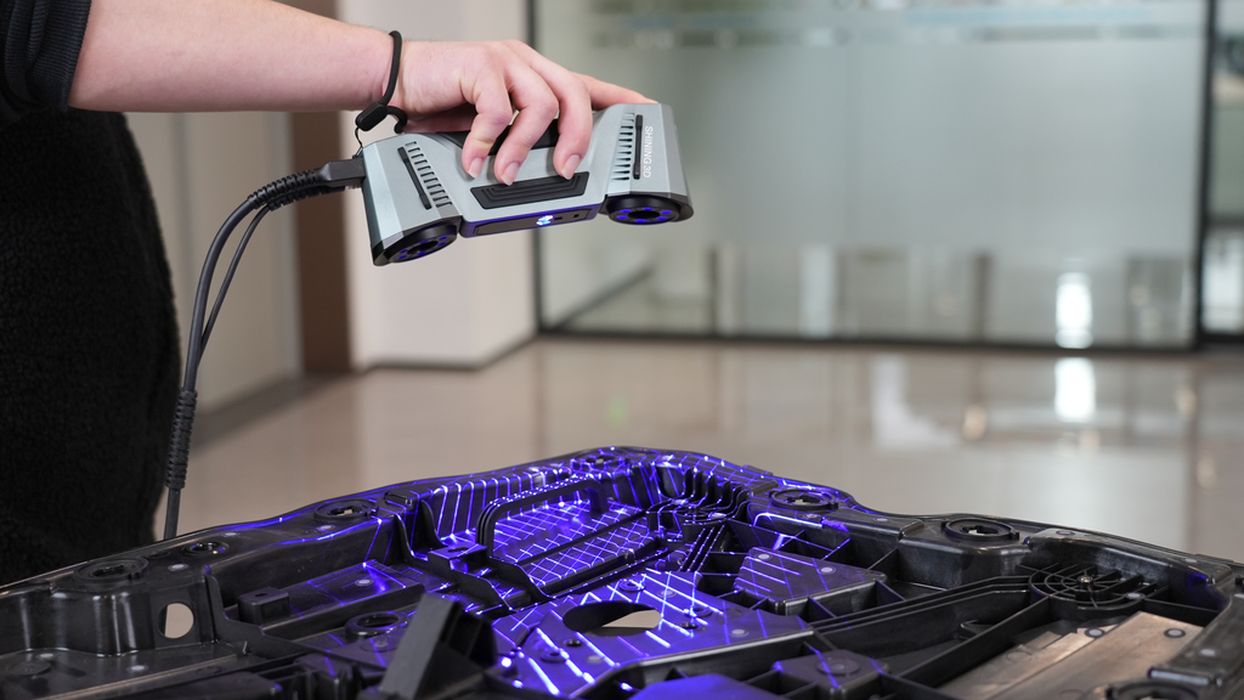
Shining 3D has released a very intriguing new handheld 3D scanner, the FreeScan Combo.
Handheld 3D scanners are usually awkward, requiring lengthy cables and often quite heavy, making it challenging to scan large objects. Your arms get tired from holding up a heavy scanner for a long time. However, some of these issues are solved with the new FreeScan Combo 3D scanner from Shining 3D.
Lightweight Design and Powerful Scanning Capabilities
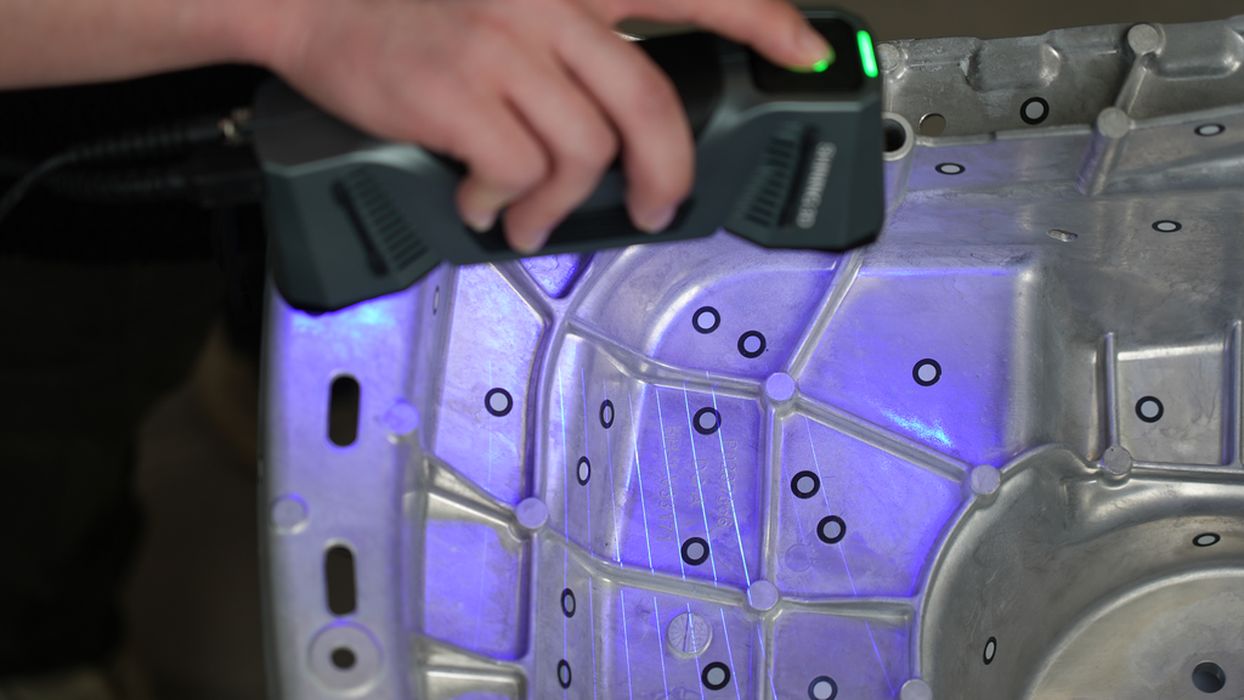
The new scanner is quite lightweight, weighing only 620g, making it one of the lightest handheld 3D scanners on the market. But that’s not all: this device has some very powerful scanning capabilities as well.
The “Combo” part of the product name is derived from the fact that it includes two entirely different light technologies for scanning. It uses an eye-safe blue laser and also infrared VCSEL technology.
VCSEL stands for “vertical cavity surface emitting laser”. It’s a new technology that is based on semiconductor methods. The beam emerges perpendicularly from the surface of the semiconductor. Shining 3D has decided to use an infrared version of VCSEL technology in the new scanner.
Four Scanning Modes for Versatility
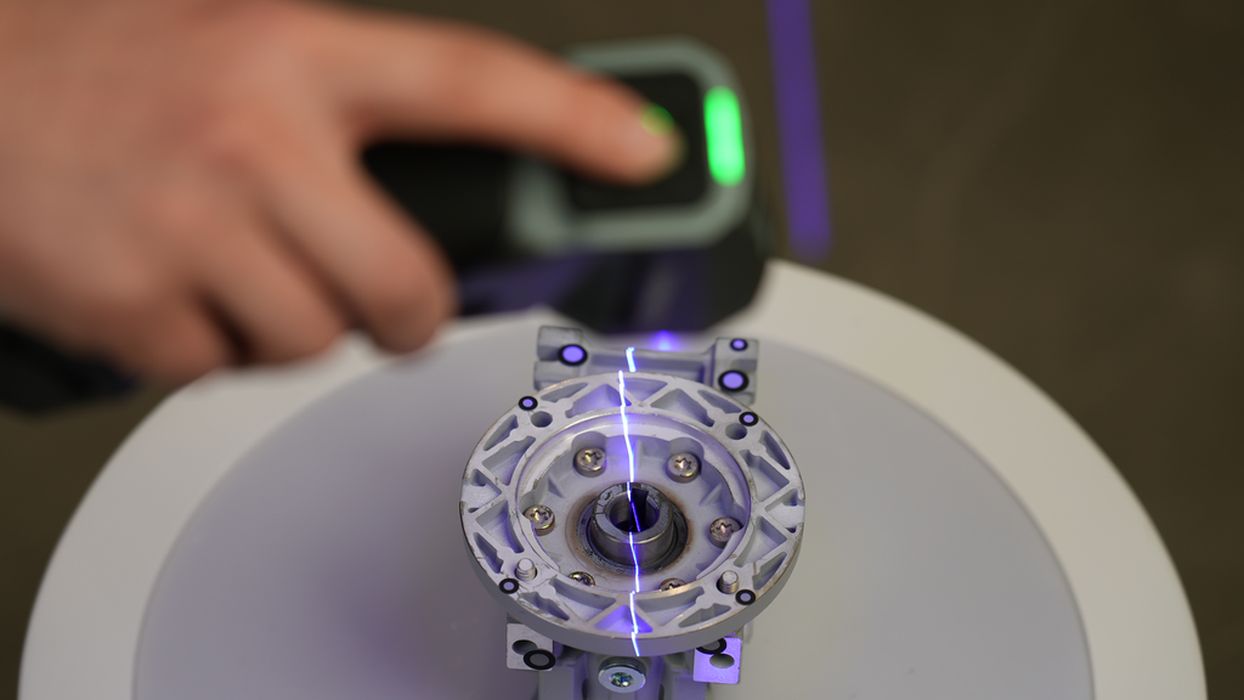
The combination of these technologies allows for four scanning modes with the device:
- Multiple Lines Scanning
- Single Line Scanning
- Fine Scanning
- Infrared Scanning
Shining 3D believes the device can achieve industrial metrology-grade accuracy, which they say is up to 0.02mm. That’s pretty tight!
The FreeScan Combo can be used with and without markers, which can be placed on a subject to aid the scanning process. It appears that the laser modes require the markers, while the infrared mode does not.
Impressive Scanning Speed and Large Field of View
The scanning speed is impressive, ranging from 1.9M to 2.3M points per second, depending on the mode used. The maximum field of view varies between 500-600mm square, again depending on the mode used. That’s a fairly large surface area, suggesting that the scanner can be used to capture larger objects, like automobile parts. However, it may not perform as well for tiny objects, so other options should be considered in that case.
Tethered Device and Deep Hole Scanning
The FreeScan Combo is a tethered device, meaning it must be attached to a PC during scanning operations, as the “smarts” are all in the PC. This is one factor why the handheld device is so lightweight: it does not contain much other than the scanning elements.
Unfortunately, there is no view screen on the handheld unit, which means the operator must watch the PC screen to ensure all surfaces are properly captured. This can be tricky depending on the complexity of the object being scanned. However, handheld 3D scanners that do include a convenient viewscreen are notably heavier than this unit.
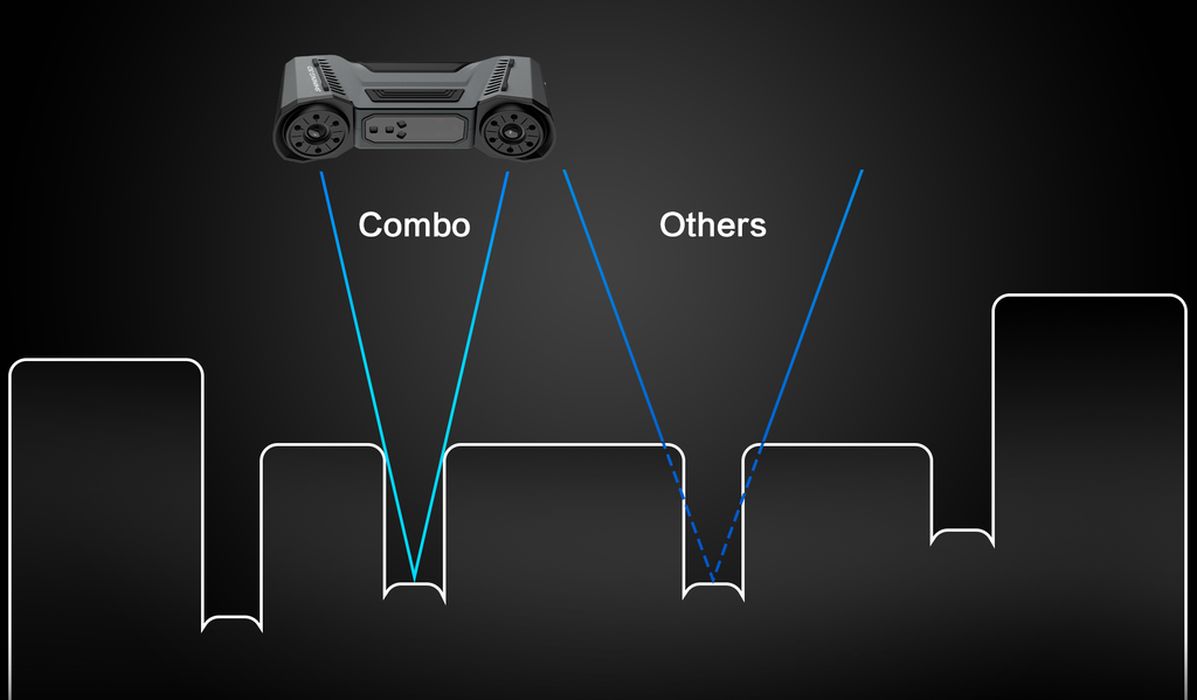
One very interesting feature on the device is a special lens arrangement that allows for “deep hole scanning”. Holes are the bane of 3D scanners, typically because scanning beams tend to disperse and are lost in holes. Here, Shining 3D has tweaked the beam direction to allow for hole penetration, and some of their results are quite good.
Demo Video of FreeScan Combo in Action
Here is a video of the FreeScan Combo in action:
Handling Shiny Objects and Reflective Surfaces
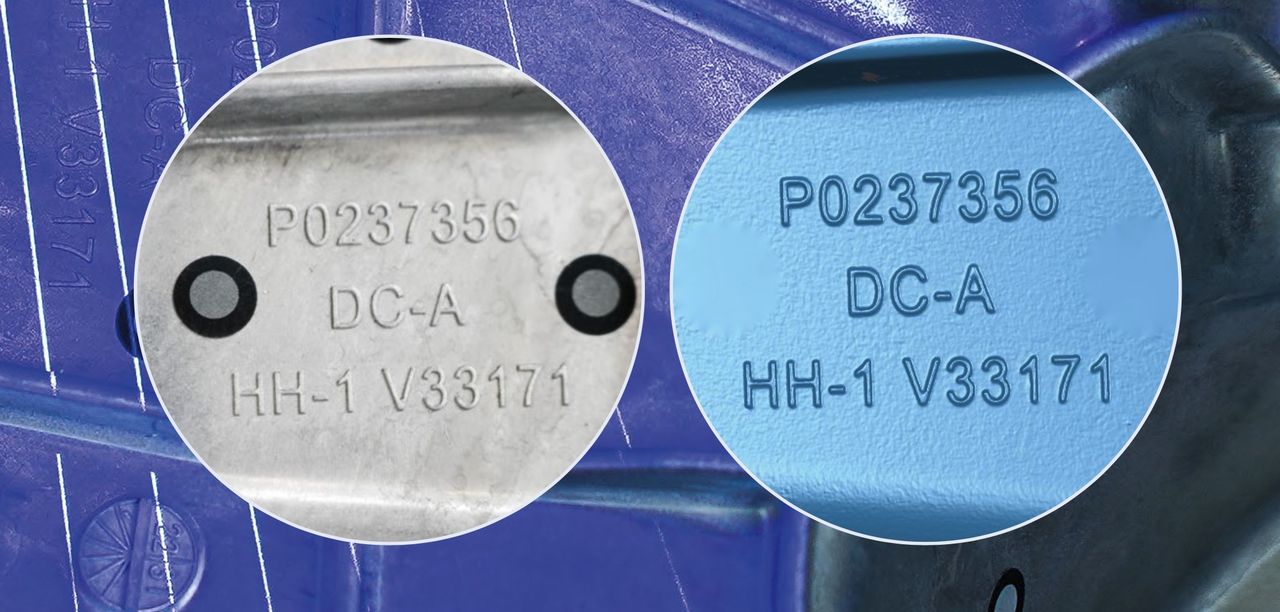
I have not tested this unit, but one factor I always evaluate is the scanner’s ability to handle shiny objects. Reflected or transparent surfaces typically confuse 3D scanners that normally assume light follows straight paths. However, it seems that this device is able to overcome at least some of the light issues, based on images provided and the video.
Reverse Engineering Applications
This device appears to be quite appropriate for reverse engineering applications, particularly for larger objects.
Via Shining 3D
